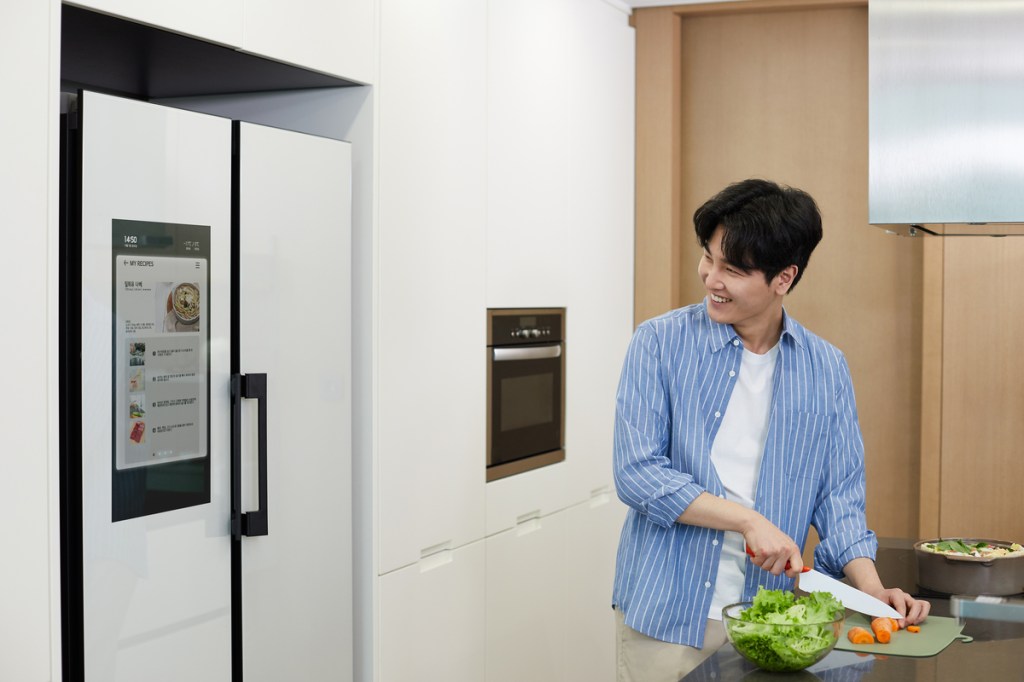The PC, tablet, smartphone and small domestic appliance sectors are the bright spots in a South African technical consumer goods market that saw revenues drop 7% for the period January to August 2020. That’s according to Point of Sale tracking data from GfK South Africa’s Weekly Monitor, analysed for insight into how the pandemic is reshaping the market.
GfK’s data reveals that the lockdown battered the technical goods market, with revenues in rand dropping 25% year-on-year for the period April to July 2020. By way of comparison, revenues for the sector were up 1% year-on-year for the first quarter before the hard lockdown took effect—outperforming GDP growth of -0.1% for the quarter.
For the year to August 31, the small domestic appliance market was up 10% year-on-year, the office equipment and stationery market was up 55% and the IT market was up 8%. The telecom market was down 13% in rand terms; however, this masks robust entry-level smartphone shipment volumes as consumers traded up from feature phones to Internet-ready devices.
Accelerating the hometainment trend
“The new normal of working and eating at home under lockdown helped to drive strong performance in the IT and small domestic appliance segments. Consumers snapped up appliances for making quick meals and drinks, including toasters, sandwich makers, coffee machines and microwaves,” says Nicolet Pienaar, Head of Market Insights at GfK South Africa.
“Performance for content creation devices such as laptops and tablets was strong, since sharing a device between people in the household was not an option in a time of remote working and home schooling. The pandemic is also accelerating an already strong trend towards ‘hometainment’ with consumers staying home for safety and the ability to make sophisticated entertainment choices.”
Aggressive retail promotions and the easing of the lockdown to level 2 in August helped to drive strong performance for the month compared to the same period in 2019. The total technical goods market was up 15% year-on-year, with small domestic appliances growing 37%, office equipment and stationery up 83%, major domestic appliances up 24%, consumer electronics up 21% and IT up 47%.
GfK’s Consumer Panel data indicates that consumer purchases during this time of lockdown and pandemic have helped to lift market penetration of many computing devices among online consumers in South Africa. From 2019 to 2020, market penetration increased from:
- 78% to 91% for smartphones
- 40% to 52% for laptops
- 36% to 39% for tablets
- 25% to 29% for gaming consoles
Demand for second devices soars
Pienaar says: “Many households needed to invest in a second device for the home to support remote working and online schooling. The media tablet market bounced back after several years of decline, with people looking for a bigger screen for online content consumption and creation. In a marked shift, we also saw people favouring mid-tier PCs over entry level models, which have traditionally dominated the South African market.”
High demand for panel televisions—especially 32” and 40” models—helped to drive the value and volume uplift in consumer electronics for August 2020. In the telecoms market, demand for post-paid contracts subsided in August with consumers worrying about the financial future. Demand for entry-level and prepaid phones remained strong, however.
Hopes for Black Friday
GfK’s survey of online and offline retailers in South Africa indicates that they are expecting demand in the technical consumer goods market to rebound in Q4 2020, ushered in by Black Friday and Cyber Monday. Online shopping is expected to drive the market, with Black Friday promotions expected to run throughout November.
“After a gruelling year that has hit many South Africans in the pocket, we’re expecting to see demand from two types of consumer over Black Friday: the reset spender, looking for genuine bargains after months of holding back and the revenue spender, looking for deals that let them trade up to premium products,” says Pienaar. “Retailers need a dual strategy that will enable them to capitalise on demand from both segments.”



